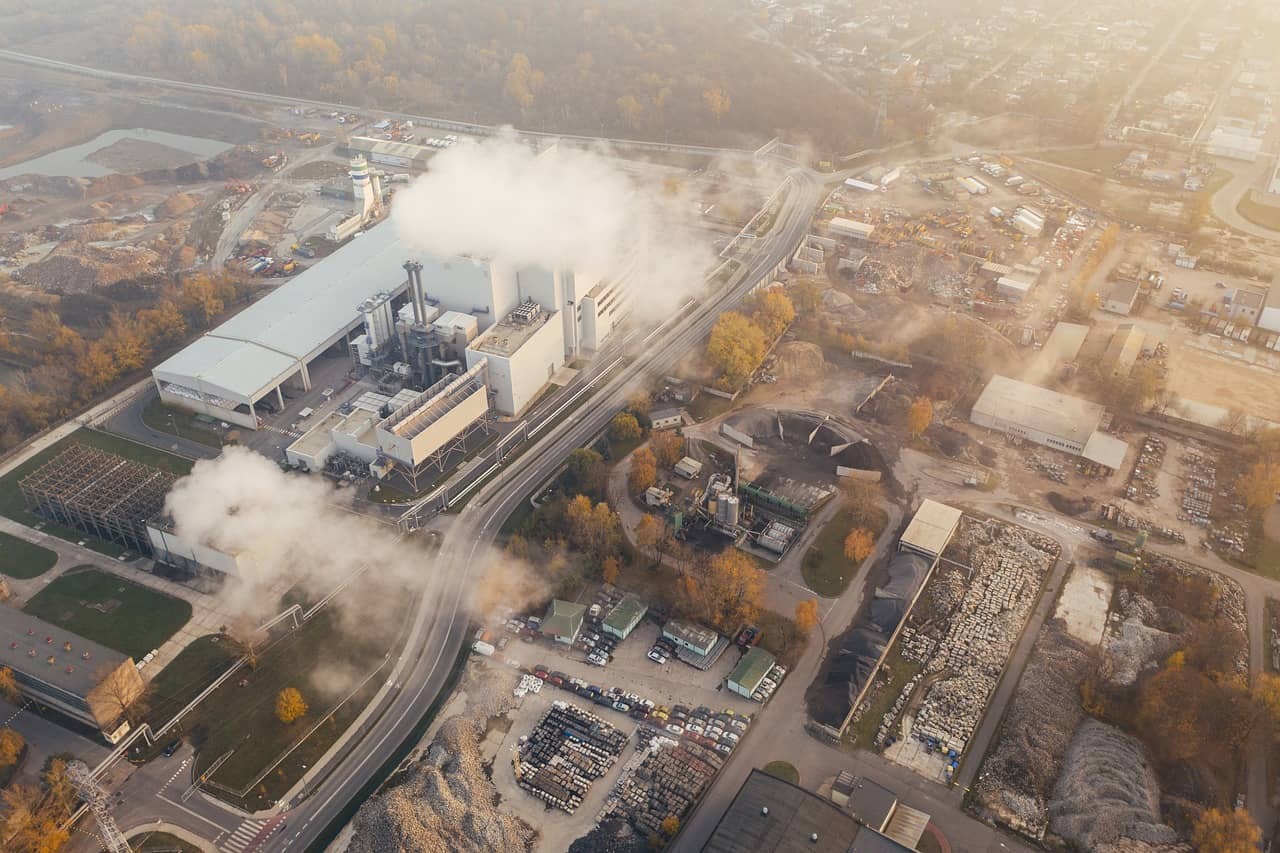Estimated reading time (in minutes)

Disasters caused by man are on the increase… and under the pressure of public opinion, the law and justice increasingly and severely penalize companies that pollute .
WATER :
The Erika trial made it possible for the first time to see individuals, local authorities and nature protection associations compensated for oil pollution. In the case of nitrates, there is no compensation but fines are sent to farms whose readings indicate that they pollute groundwater.
AIR :
There are many types of air pollution but it is difficult to obtain compensation because the procedure is civil and not criminal. Indeed, during civil proceedings, it is up to the party, in other words you, to provide proof of the release of toxic gases, of the damage suffered, and of the causal link between the two. Convictions are therefore rare.
FLOOR :
Soil pollution comes from phytosanitary products spread on the fields to treat them. European regulations set a list of usable products. In the event that a chemical product causes damage to the environment, the only possible sanction is its withdrawal from the market. LIVING: There is little case law condemning a third party for damage caused to living beings. As for the other pollutions, the problem is that of the proof of causality. The procedure requires proof that it is the pollution caused by a third party that is solely responsible for the damage suffered by the party.
NB
Besides the four elements mentioned above, including our little person, what about “light pollution”? when artificial lights are so numerous and ubiquitous that they detract from the normal and desirable darkness of the night?? Although not harmful to health, at nightfall, countless sources of artificial light (urban lighting, advertising signs, shop windows, permanently lit offices, etc.) take over from the sun in urban centers until to the smallest village.
Also, since July 1, 2012, merchants must turn off their advertisements and neon signs between 1 am and 6 am, if their business is closed. one hour before opening and leave it on until one hour after closing (art. R581-59 of the environment code).
With regard to illuminated advertisements, airports and towns with more than 800,000 inhabitants are excluded from the nocturnal extinguishing obligation, for which the municipalities must decide by local advertising regulation.
Likewise, digital advertisements and posters illuminated by projection or transparency, placed on street furniture, provided that their images are fixed, are not affected.
In addition, all illuminated advertising is prohibited:
– on land vehicles,
– in towns with less than 10,000 inhabitants, unless they belong to an urban unit of more than 100,000 inhabitants,
– on a fence or guardrail of balcony.
DAMY law firm , Nice, Update 2022
